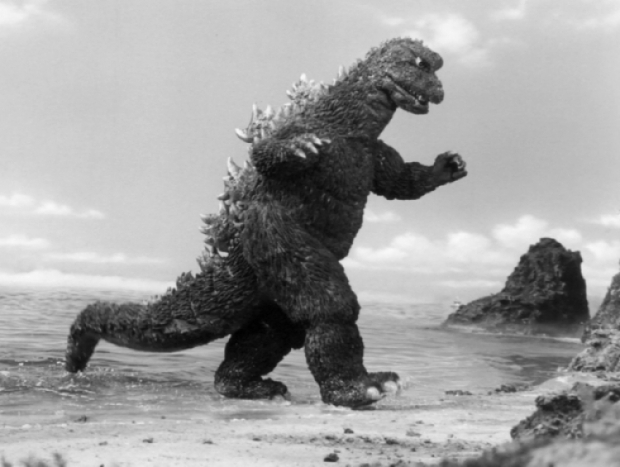For the riff-raff who buy those sorts of things, Intel is only going to release a second consecutive refresh of the old Alder Lake architecture – this is the same tech that came to desktops in 12th-generation Core CPUs in 2021.
Hopes that ordinary people might get their paws on Meteor Lake were stoked when Intel Client Computing Group General Manager Michelle Johnston Holthaus told PC World that Meteor Lake chips would be coming to desktops.
Swiftly after that was said, the Press Office heard about it and Chipzilla backpedalled a bit a couple of days later. If you see Meteor Lake in a PC it will be soldered-to-the-motherboard and not high-performance replacements for current desktop Core i7 and Core i9 chips.
Those who are big fans of Intel say that this is nothing new especially when Intel is in the process of shifting to a new manufacturing technology, as it is with Meteor Lake. The argument is that chips for high-performance desktops tend to be bigger and need to scale up to higher clock speeds, two things that are harder to do when a manufacturing process is new.
Meteor Lake is tricky and uses Intel’s new Foveros packaging technology to combine four different silicon dies produced on three different manufacturing processes by two different companies.
Some of Intel's 10th-generation Core CPUs for laptops and the 11th-gen laptop CPUs had moved to new architectures and Intel's 10 nm manufacturing process, while the desktop chips remained stuck on the more ancient 14 nm process.

